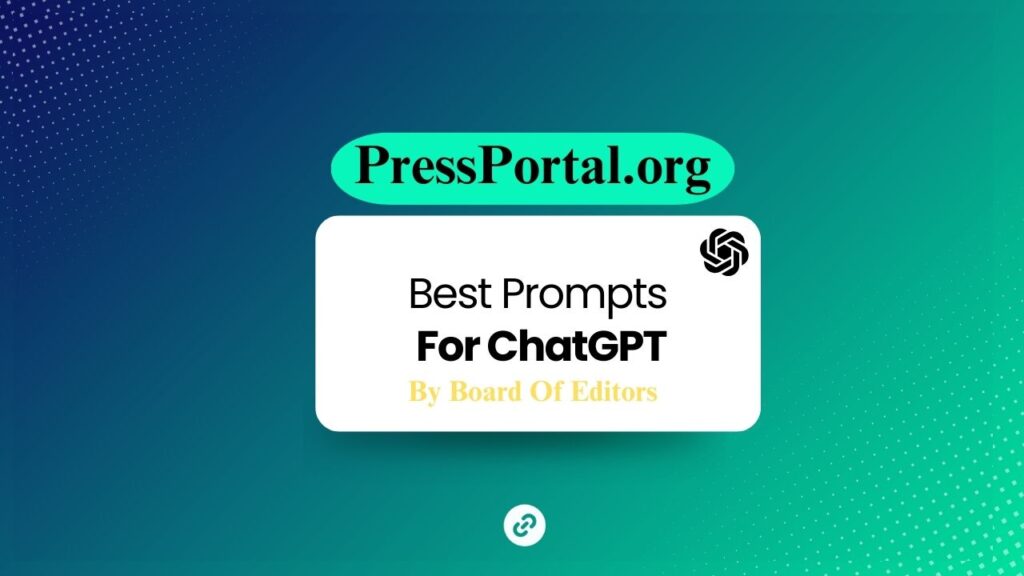Creating a compelling outro for a feature story requires a delicate balancing act of providing closure while leaving the reader with something to ponder or feel. Here’s a prompt that can be adapted to virtually any feature story to help ensure your conclusion resonates powerfully with readers:
Universal Outro Prompt for Feature Writing
- Echo the Introduction:
- Reflect on how your story began. Without directly repeating any specific details, look for thematic, tonal, or narrative elements that you introduced at the start.
- Consider how these elements have evolved by the end of your story. Is there a way to mirror your introduction’s imagery or anecdote to bring your narrative full circle?
- Incorporate a Strong, Relevant Quote:
- Look for a quote that encapsulates the essence of your narrative journey succinctly and powerfully. This could be a poignant observation, a surprising insight, or a statement that inherently summarizes the story’s theme.
- Integrate this quote seamlessly with your own narrative voice. Don’t let the quote stand alone; instead, use it to punctuate your closing thoughts.
- Cultivate a Sense of Closure:
- Address any open threads or questions raised during the story, ensuring that they are tied up by the end. If your narrative is part of an ongoing issue or story, acknowledge what lies ahead without resorting to clichés like “it remains to be seen.”
- Consider what you want the reader to take away from your story. This could be a feeling, a question to ponder, or a call to action.
- Connect to the Reader:
- Engage with the reader’s emotions or intellect. What do you want them to feel as they finish reading? Inspiration, contemplation, satisfaction?
- Use language that speaks directly or indirectly to the reader, making them feel personally connected to the narrative.
- Offer a Lasting Image or Thought:
- Close with a vivid description, a reflective thought, or a rhetorical question that leaves a strong image in the reader’s mind.
- This can be a literal image that evokes the senses or a figurative one that sparks imagination or introspection.
- Ensure a Smooth Transition:
- Ensure your closing paragraph smoothly transitions from the body of your feature to the conclusion. It should feel like a natural progression, leading the reader gently to the end.
- Avoid abrupt endings unless they serve a specific purpose in terms of impact or message.
Example Outro Template:
As I step away from [the place/event/person that was the focus of the story], I’m left contemplating [a poignant thought or question related to the theme]. “[A powerful, relevant quote],” as [source of the quote] so aptly put it. This journey, though [describe the nature of the journey—e.g., challenging, enlightening], has not only uncovered [key finding or theme], but also revealed [insight or lesson learned]. In the grand tapestry of [broader context], each thread [what the story contributes or reveals] weaves a story not just of [subject of your feature], but of our shared human condition. As the [metaphorical imagery related to your story] fades into the tapestry of memory, it leaves behind a [final thought or image], a reminder of the [emotion, challenge, beauty, etc.] that binds us all.
Objective:
This prompt aims to help you craft an outro that not only provides closure but also enhances the reader’s engagement with your story. Adapt and personalize the elements of this prompt to fit the unique narrative and thematic elements of your feature.

